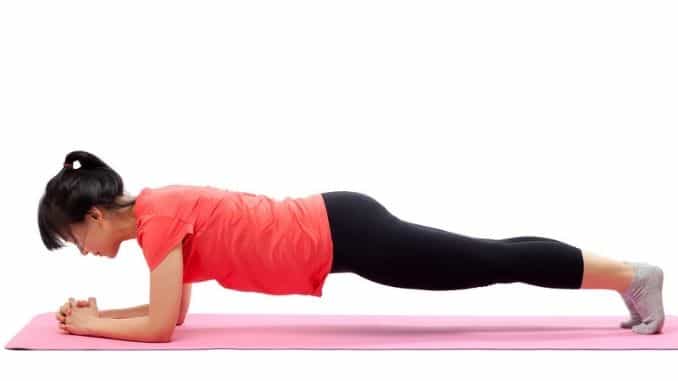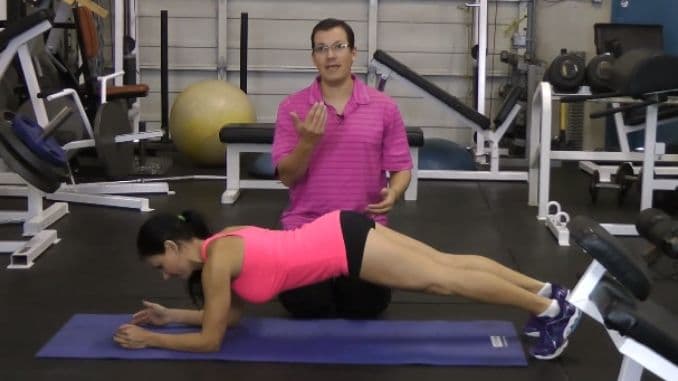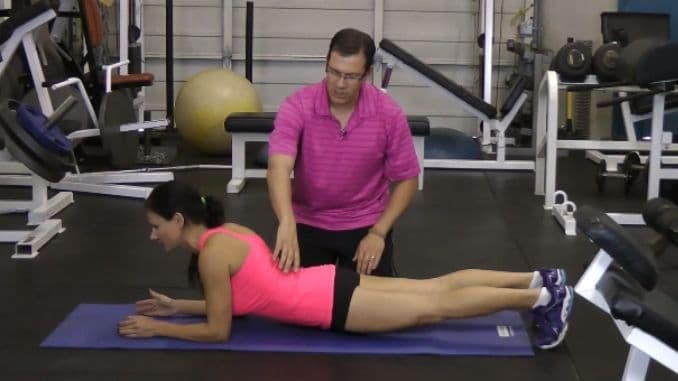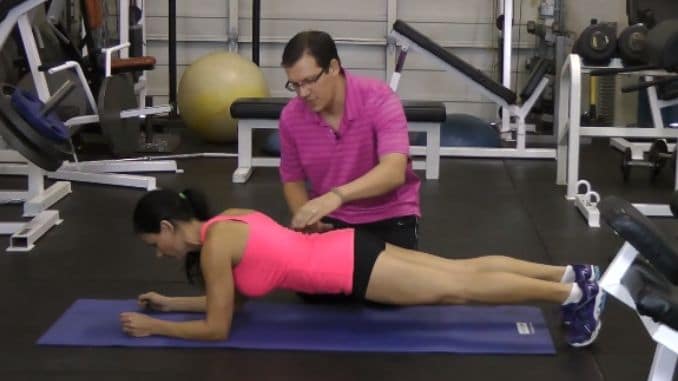
Planking is a simple and effective way to work on posture, build core strength, improve balance, and increase stability throughout your entire body. Another benefit to this exercise is that it can be done anywhere, without the need for equipment. The plank is considered an isometric core strength exercise that is similar to the position of a push up, without actually doing the push up. There is an option of holding this position in what is considered “high plank”, where the upper body weight is held on the hands, or “low plank”, where the weight is held on the forearms and elbows. The lower body weight is held on the toes in both of these variations. There are also many other variations of this exercise that may be considered as an extra challenge as your plank game heightens. Planks are commonly used in yoga, pilates, boxing and in many other sports for training purposes, however planks can be an amazing addition to any workout routine for many reasons.
Practicing planks can be an amazing full body workout, however if done incorrectly they can actually be worse for your body and could lead to unnecessary pain or injury. Before starting any new exercise, be sure to speak with your doctor or physio, especially if you have any injuries to the joints being used to weight bear. In the instance of plank, think about wrists, arms, shoulders, toes, and feet. Other conditions that affect the back and legs should also be considered, along with high blood pressure or pregnancy. Using your best judgment and knowing your body when starting something new is always best. Often modifications can be made to accommodate certain injuries.
Today, we are looking at the 3 most common mistakes made when performing the plank along with instructions on how to fix them.
How to Perform Plank
- Start in a 4-point position on the floor.
- Plant your elbows directly under your shoulders, putting weight on your forearms and planting your palms flat on the floor.
- Contact your core and step back with both legs to your toes, hovering over the mat.
- Squeeze your glutes and keep your abdominals tight and strong.
- Keep a neutral neck and spine.
- Aim to create a straight, strong line from your head to your toes.
- Remember to breathe.
Now Let’s Look at 3 Common Mistakes
Mistake # 1: Teepee Flank
In this demonstrated common mistake, you can see the hips are elevated in the air, creating a teepee formation in the body. Holding this position can cause excessive activation and contraction of the hip flexors, altering the position of the lower back. This increases the amount of stress placed on the lower back. In addition, it places additional strain on your shoulders.
How to fix it: Increasing the width of your shoulder blades allows you to relieve weight from your upper body while engaging the core muscles that need to be engaged. When holding a plank, there can be a lot of unnecessary shrugging in the shoulders that occurs. Make sure that your shoulders are depressed (wide) and away from the ears. In addition, having your palms and hands spread in front of you on the floor can help to create more upper body stability.
Mistake # 2: Dropping the Hips
In this demonstration, you can see the hips have dropped, creating a noticeable drooping appearance, and arching in the back. This position places unnecessary stress on the back, specifically in the facet joints. Holding this position and continually making this mistake may result in irritation and potential damage and pain.
How to Fix It: Pointing the tailbone down a little and squeezing your glutes together will help to keep your hips up. Take several deep breaths while contracting and engaging your abdominal muscles. Giving the feet more space between them can also help you to establish a more stable and stronger base.
Mistake # 3: Muscle Imbalances
Putting more of the workload on one muscle group than the others can cause muscle imbalances. Doing this over time can increase stress on joints and tendons, creating unnecessary muscle tension as well as poor posture. Focusing too much on only one part of the body when performing plank can lead to muscle imbalances.
How to Fix It: Focus on isolating both the large and small muscles throughout your entire core. Keep your back straight and do not rest on your feet or hands. It’s important to keep in mind that the goal of the exercise is to strengthen your core, so you should maintain this position and stability all throughout the body while holding plank.
In conclusion, many people make the same mistake when it comes to core and back exercises. These mistakes can lead to chronic pain that can worsen over time if not corrected. If you’ve been making any of these common errors in your plank exercises, now is the time to correct them before they become a problem that is difficult to fix.
The best way to avoid back pain is to make sure your spine stays strong and healthy by working on your core and improving posture with daily practice.
We’d love to share even more helpful strategies for staying strong and healthy and preventing injuries. Check out 7 Best Daily Habits for a Healthy Back:




